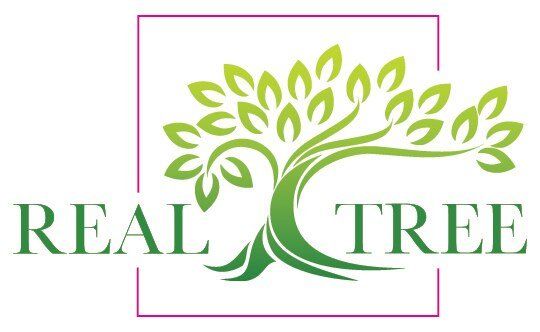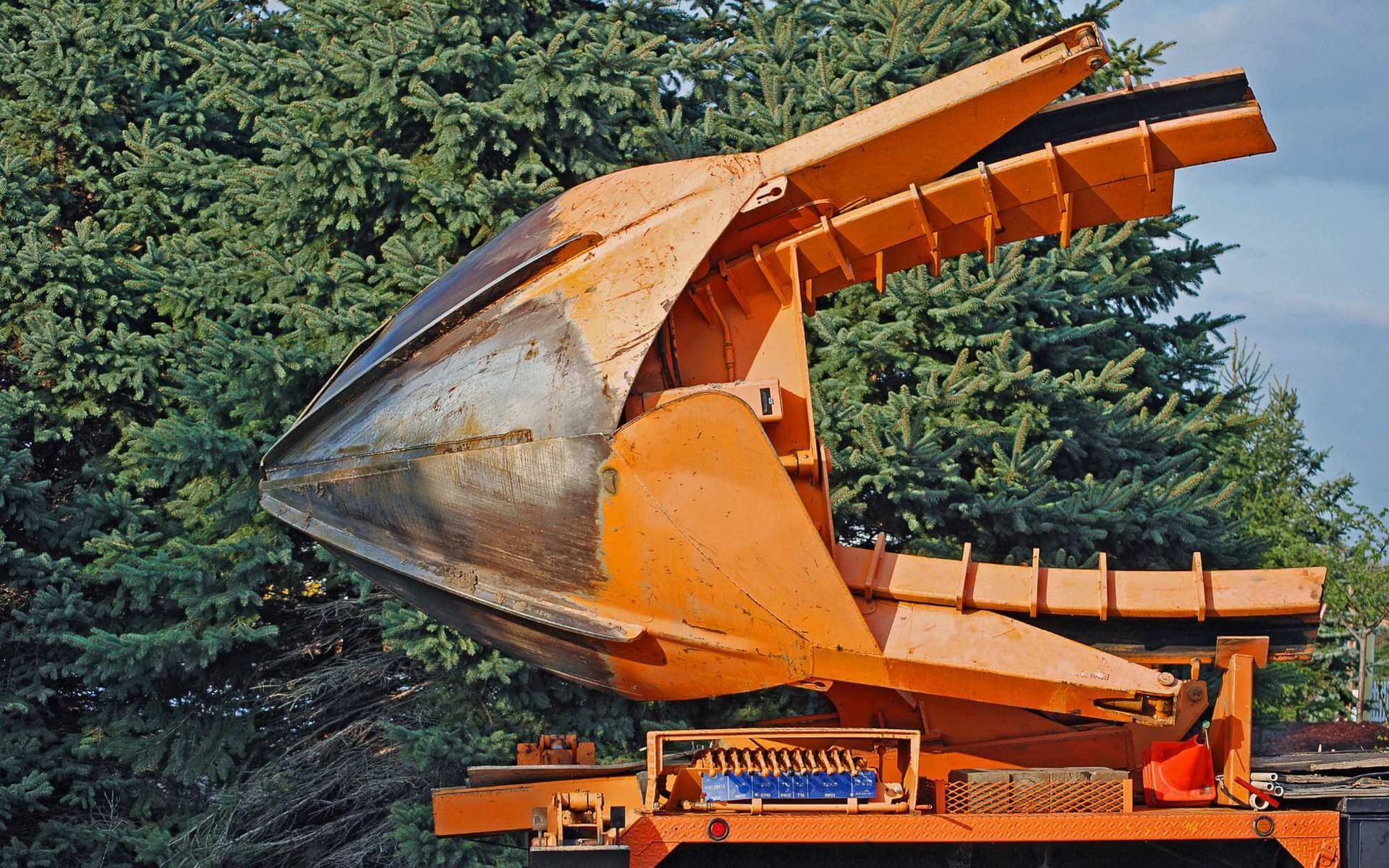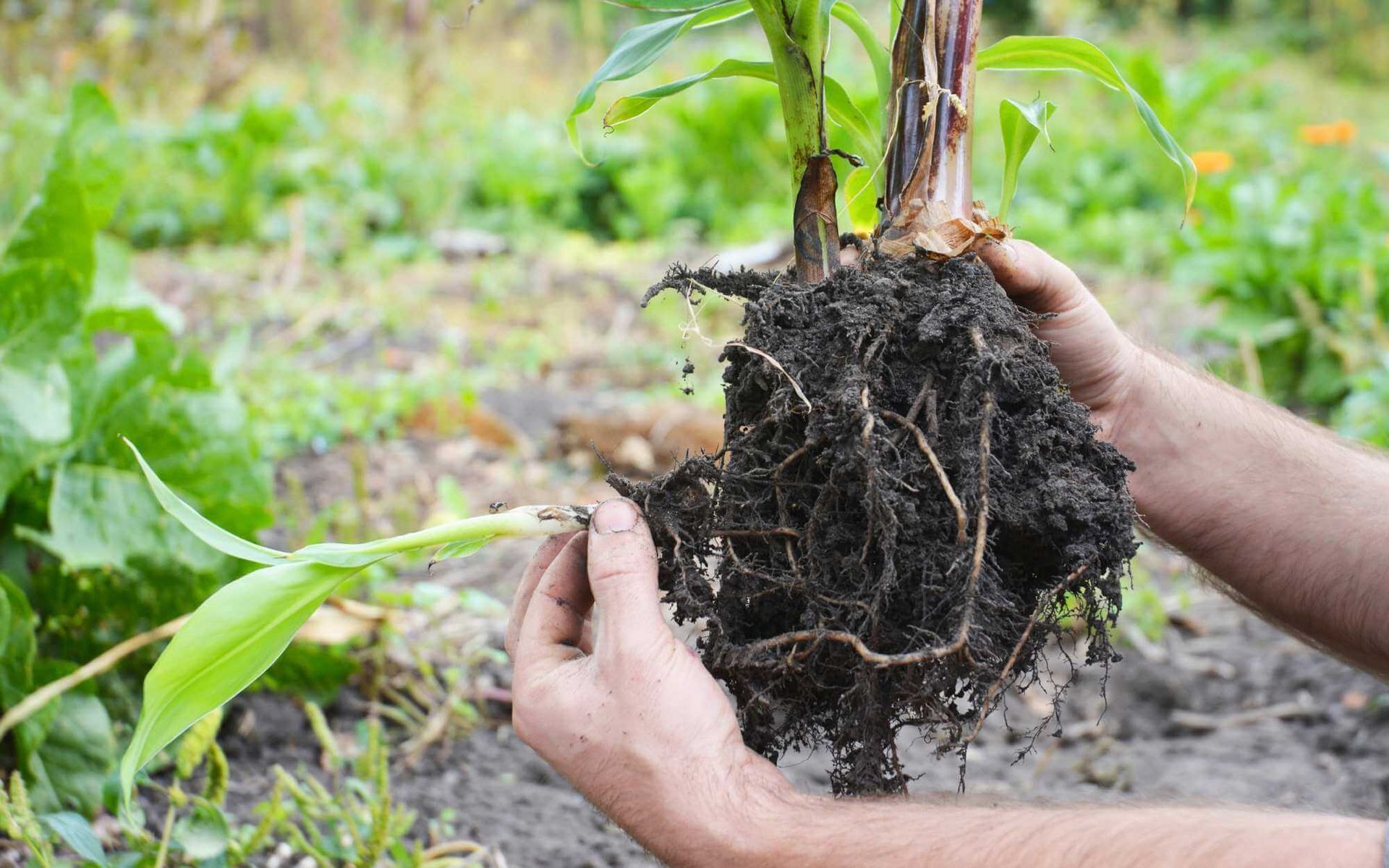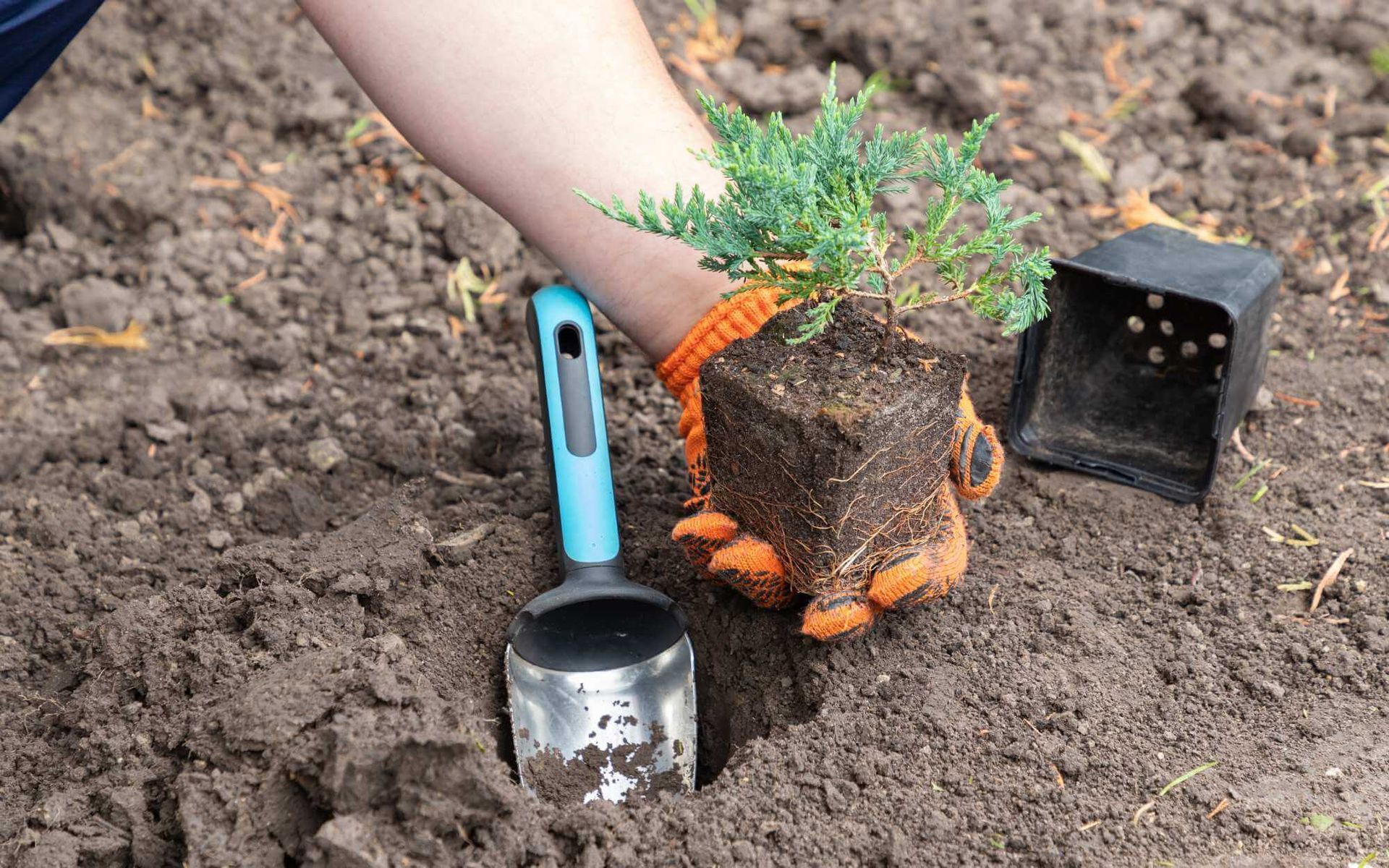Orchard Harmony: Your Ultimate Fruit Tree Pruning Calendar
PUBLISHED ON
SHARE THIS ARTICLE

Pruning is more than just a seasonal chore on your gardening to-do list. When it comes to fruit trees, it's an essential task that has a direct impact on the health, productivity, and longevity of your trees. Pruning helps to regulate growth, removes dead or diseased wood, and encourages the formation of flowers and subsequent fruit.
But not all trees should be pruned at the same time - different types of fruit trees require pruning at different times of the year to optimize their potential.
That's where a pruning calendar comes in handy.
By adhering to a carefully considered schedule, you ensure that your pruning activities align with your trees' natural growth cycles, leading to bountiful harvests and robust tree health.
Let's delve into the world of
fruit tree pruning and understand how a calendar can take your orchard from good to great.
Spring Pruning
Spring is a pivotal time for your orchard, marking the start of a new growing season.
During early spring, begin with a thorough clean-up, removing any lingering debris that could harbor pests or disease.
Now, focus on your pruning.
Cut back winter-killed branches to live tissue, thin overgrown branches to increase light exposure and air circulation, and remove any inward-growing branches to maintain tree structure. This not only strengthens the tree but also promotes vigorous blossom and quality fruit development. Fertilize evenly to give your trees an added boost.
Remember, effective spring pruning sets the stage for a fruitful harvest. Embrace these strategies and watch your deciduous fruit trees thrive.
Summer Pruning
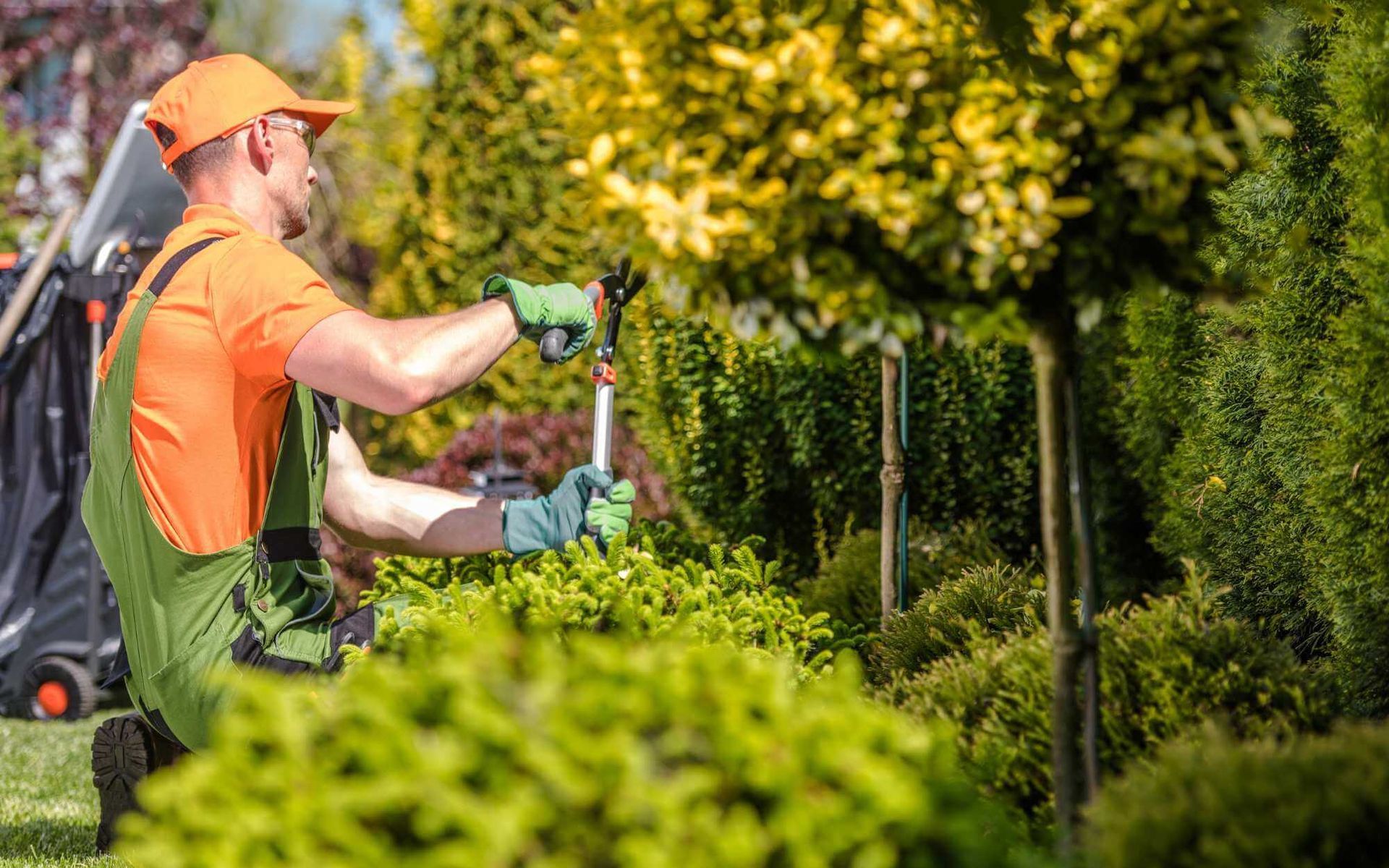
During the summer, maintaining the tree shape and canopy structure becomes a priority. This involves judicious pruning to shoot growth and keep the trees at a manageable size. Pruning also allows better air circulation through the tree's canopy, helping to reduce humidity and minimize the risk of fungal diseases.
Carefully remove any crowded or overlapping branches to ensure sunlight penetrates all parts of the tree, essential for fruitful yields. Inspect your trees for signs of disease or pests. Look out for mites, aphids, and weeds. Early detection and intervention can prevent widespread infestation and ensure your trees remain healthy and productive.
These techniques form an integral part of managing your nectarine, pear, peach, plum, apricot, or apple trees during summer.
Autumn Pruning
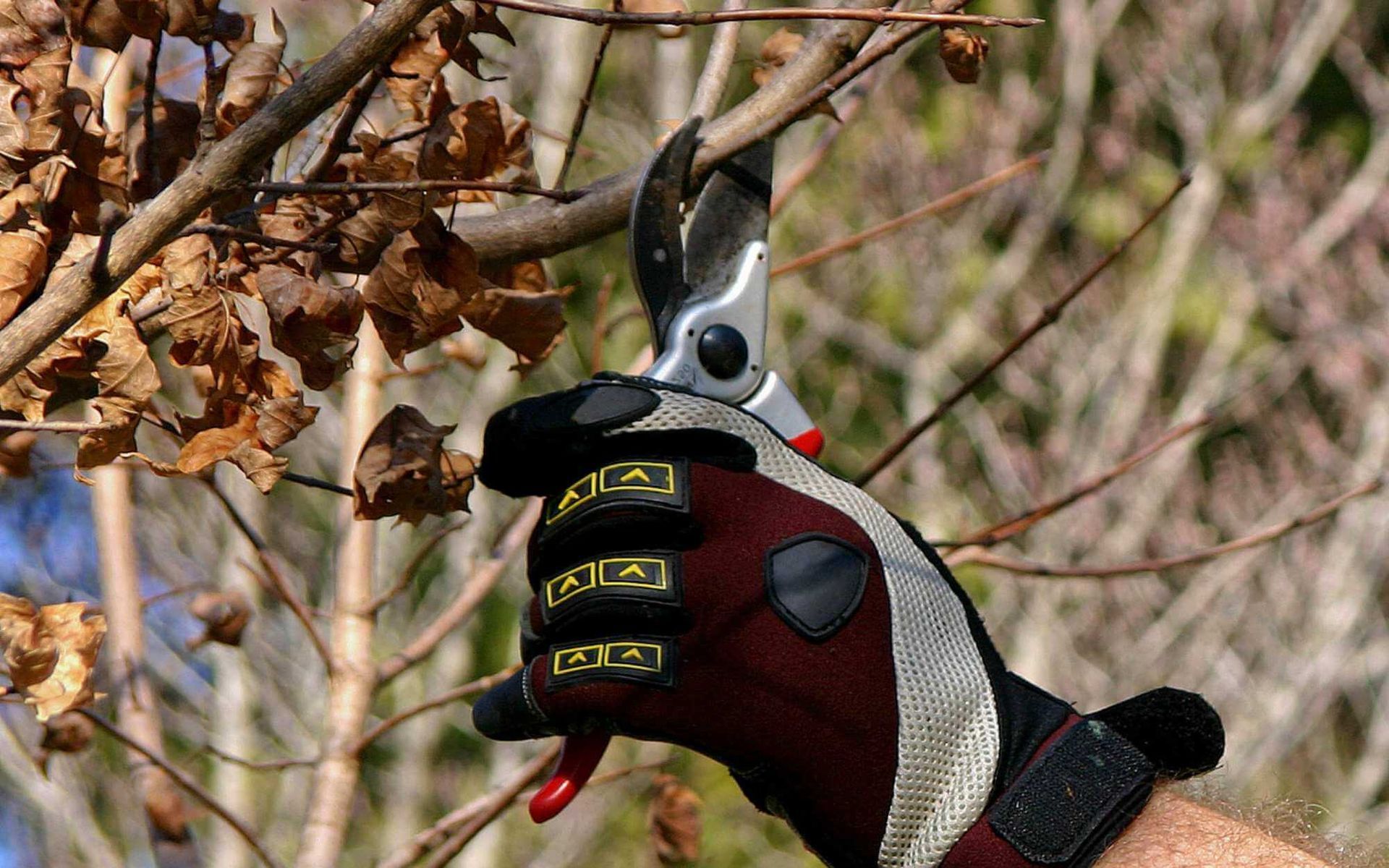
As autumn dawns, it's time to prepare your trees for winter dormancy.
Prune to remove any deadwood and diseased branches, as they can become entry points for pests and diseases during the cold winter months. This pruning also helps in enhancing tree vigor by preventing potential disease spread.
Be sure to check for any weak or damaged limbs that could break under the weight of winter snow or ice.
Strengthen your trees' winter hardiness by applying a layer of mulch around the base, providing extra insulation. This insulation helps protect the roots from extreme temperature fluctuations.
Remember, a well-prepared tree in autumn is a strong, fruitful tree come spring. These steps lay the groundwork for a healthy orchard and a bountiful harvest in the next growing season.
Winter Pruning
Winter is an optimal time for pruning dormant fruit trees and shaping and training young trees. Here are some key aspects to focus on during winter pruning:
- Pruning Dormant Trees: The absence of leaves in winter provides a clear view of the tree’s structure, making it easier to identify and remove dead or diseased branches. This helps in improving tree health and preparing it for spring growth.
- Shaping Young Trees: Winter is the ideal time to shape young trees. By trimming longer branches and promoting a balanced tree shape, you encourage robust and symmetrical growth.
- Training Young Trees: Use stakes and ties to guide the growth direction of young trees. This helps in creating a strong framework for future growth and fruit production.
- Maximizing Fruit Production: Pruning stimulates growth. By removing old wood, you make room for new growths that will bear fruit in the coming year.
Remember, winter pruning is a vital step toward maximizing your orchard's fruit production in the upcoming season.
From Blossom to Harvest
Maintaining a year-round fruit tree care calendar is vital to the health and productivity of your orchard. Each season's specific pruning techniques optimize growth, fight disease, and enhance fruit quality. Success lies in spring's vigorous growth, summer's canopy control, autumn's disease prevention, and winter's dormant care.
Enjoy the sweet rewards of your labor, your healthy, bountiful home orchard.
Remember, if you find yourself uncertain about any pruning practices, don't hesitate to seek advice from our
pruning experts. We'll make sure your orchard thrives all year round.
Want a free quote or some friendly advice? Call our team today:

